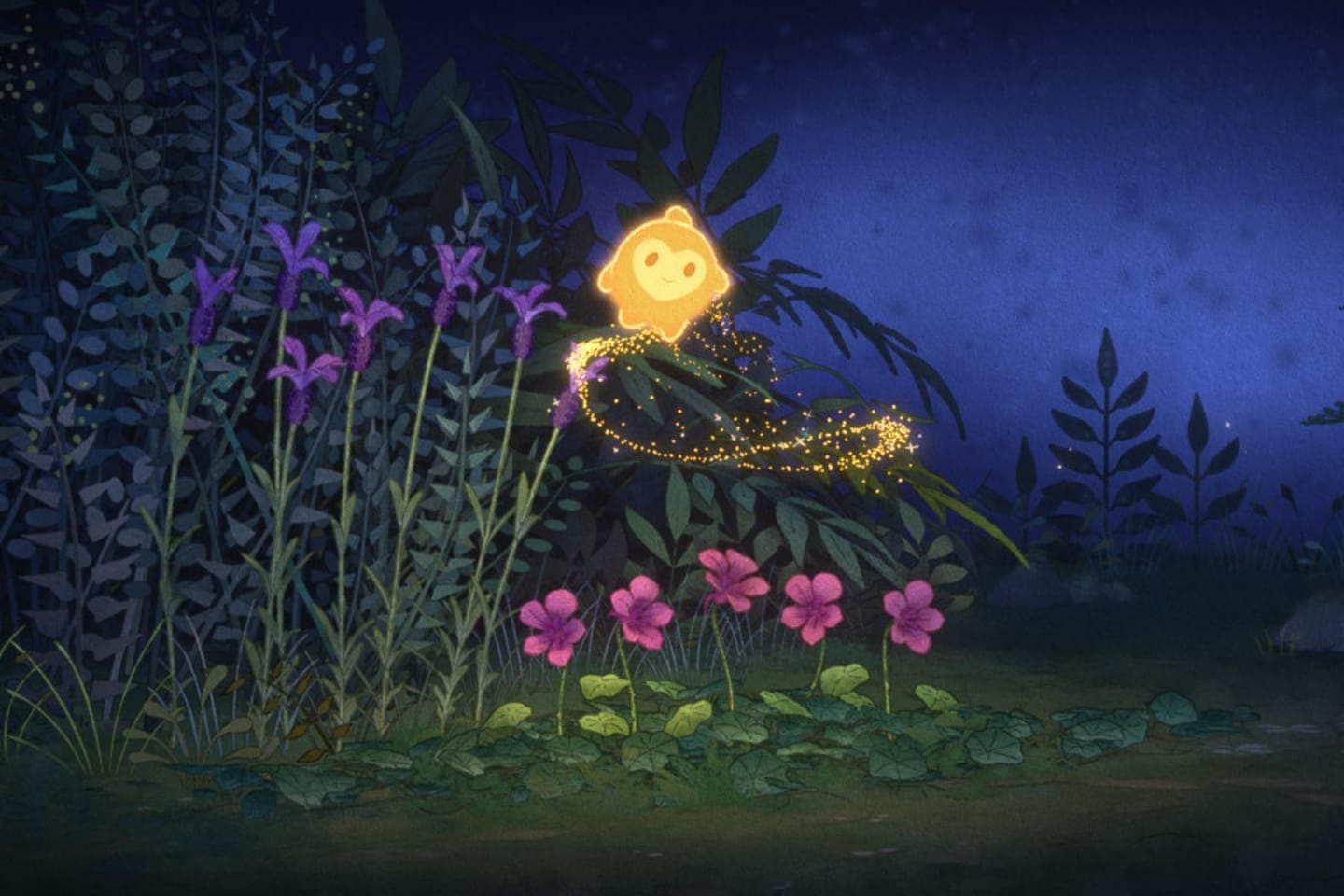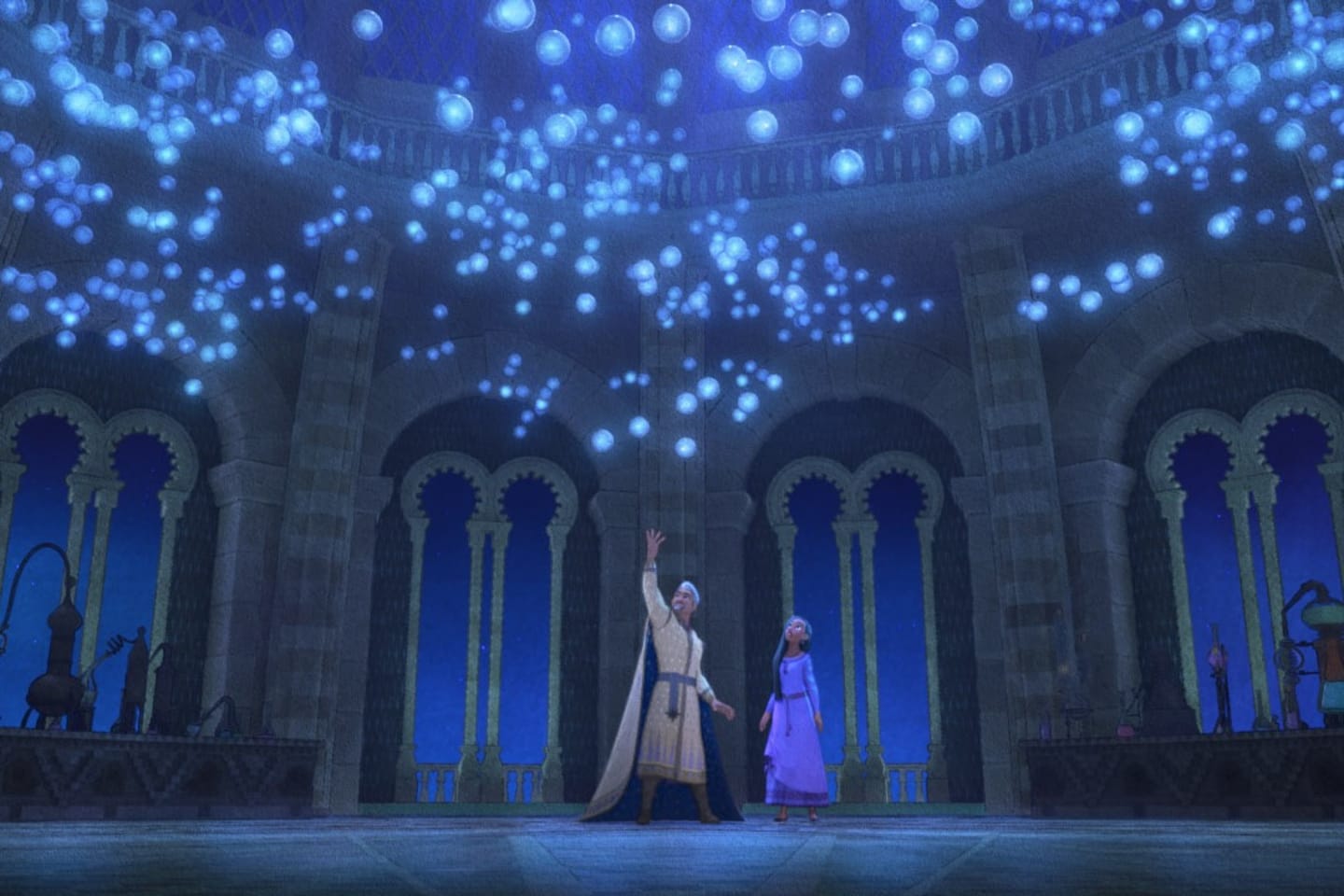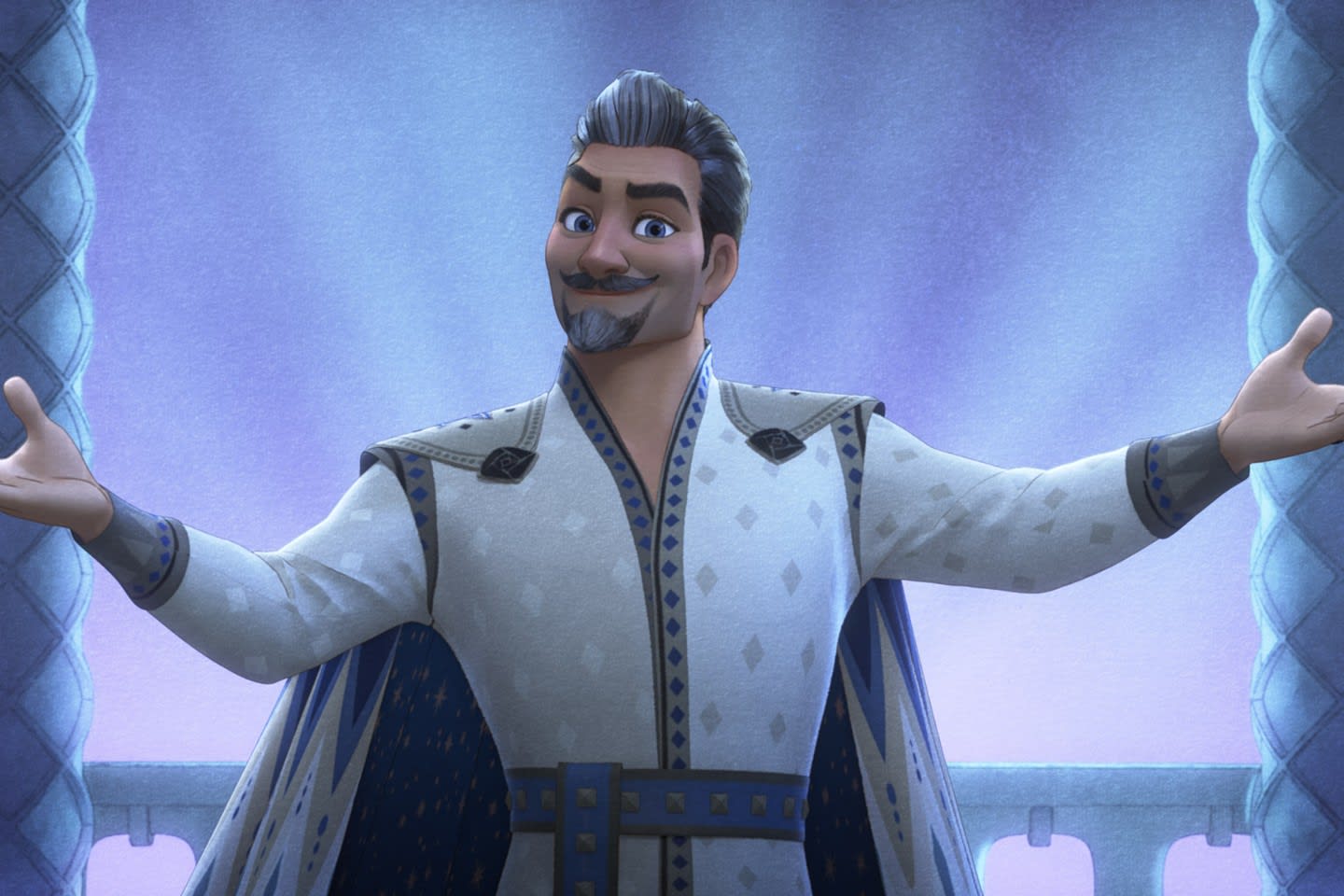On October 16, 1923, brothers Walt and Roy Disney founded Disney Brothers Studio to produce a series of animated and live-action hybrid shorts starring a girl named Alice and her cat Julius. It’s been a long and innovative road ever since. Now known as Walt Disney Studios, the company – though its reach is far and wide – has become synonymous with its treasured animation feature films and pioneering spirit. Disney’s plethora of animated films has enriched the lives of generations, showcasing that you’re never too old to believe in a little magic.
In celebration of its 100th anniversary, Disney recently released the hybrid short Once Upon a Studio featuring beloved characters from all 62 of its animated features, and several of their classic shorts, giving viewers of all ages the chance to smile and reminisce as they spot their favorite characters roaming the studio’s halls after hours. The short also serves as the introduction to Disney’s newest protagonist, Asha (whose name means “wish”) as she joins hands and sings alongside the studio’s first princess, Snow White. Just as with Once Upon a Studio, the studio’s latest feature film, Wish, is a love letter to all of Disney’s prior animated work with over 100 different references to catch, while also looking forward to the next 100 years of magic and memories to come. We’ll see if eagle-eyed fans can catch all 100 Easter eggs, but here are our three favorite nods in Wish to classic Disney animation.
Wishing Stars

Wishes are one of Disney’s core foundations in their stories, and there is simply no better way to celebrate a legacy than to devote an entire film to them. From Aladdin wishing on a magical lamp, to Tiana looking out into the night sky and wishing on a star, all the way back to Jiminy Cricket first introducing audiences to what it means to wish on stars in Pinocchio (1940), dreams are at the heart of Disney’s legacy. The famous “When You Wish Upon a Star” has become the studio’s signature song, used in the opening production sequences of many of their films, and now audiences will finally get to learn the origins of the Wishing Star. When Asha makes her wish, a ball of light falls from the sky, and Star serves to guide Asha on her journey in the Kingdom of Rosas. Every wish has power, and Asha and her fellow members of the kingdom will learn just how much they need to be protected and cherished.
Nods to Classic Disney Animation

The production of Wish draws on Disney classics from years past, while continuing to look ahead at what is to come. Traditional Disney animated films were all hand-drawn and featured gorgeous watercolor backgrounds like in Snow White and the Seven Dwarfs (1937), Bambi (1942), Cinderella (1950), and others. An abundance of talented artists created each frame by hand, with the help of hundreds of women in the Ink and Paint department that brought life and color to each cel of animation. Wish combines the traditional animation practice of watercolor backgrounds to bring a fantastical world to life, with modern computer-generated characters to showcase the breadth of Disney’s advancement.
As a further thank you to the studio’s talented animators over the years, Asha herself is also an artist – similar to Rapunzel from Tangled (2010) – filling her sketchbook with not only still drawings but moving animations as well. She longs to study as an apprentice under the sorcerer King Magnifico – a nod to The Sorcerer’s Apprentice segment in Fantasia (1940) – and has a talking animal companion like many heroines before her, such as Ariel with Flounder in The Little Mermaid (1989). Even Asha’s group of seven friends is a reference to the classic seven dwarves from the studio’s first animated feature. The film is presented in a 2.55:1 aspect ratio to further the storybook environment in wide format, an aspect ratio that was previously only ever used on The Lady and the Tramp (1955) and Sleeping Beauty (1959), the latter of which is widely regarded by aficionados as one of the most visually stunning animated films.
Formidable Disney Villains

It wouldn’t be a Disney film without a memorable villain that our hero must take a stand against. Classic Disney villains are charming, but also tricky and cunning. They may present things in an alluring manner to gain trust, before swiftly pulling the rug out from underneath once their true intentions are revealed. While Magnifico is the king of Rosas, he has tricked the people of his kingdom into trusting him with their most beloved wishes. Even the film’s poster paints him as a villain, with King Magnifico looming over Asha and the kingdom similarly to the evil Queen Narissa looming over Giselle and New York City on the poster of the hybrid film Enchanted (2007), which also serves as a love letter to Disney’s previous classic fairytales.
King Magnifico carries a powerful staff that gives him the power to grant wishes, with similar motives to another villainous sorcerer that also carries a staff and seeks to control a whole land with the assistance of wishes: Jafar from Aladdin (1992). A poison apple can also be spotted on King Magnifico’s table, a nod to Disney’s first villain of the Queen from Snow White and the Seven Dwarfs (1937). Disney villains test the strength of their heroes, but perseverance is one characteristic that every Disney hero has in common, and it’s a quality that we look forward to many future protagonists guiding their stories with for centuries to come.
Catch a shooting star and make a wish with Asha in theaters. Get tickets to Wish.













